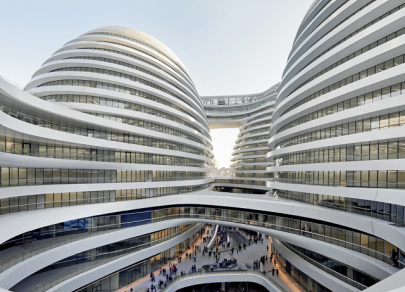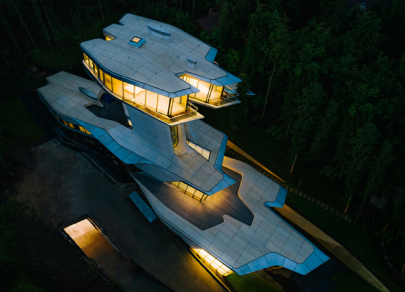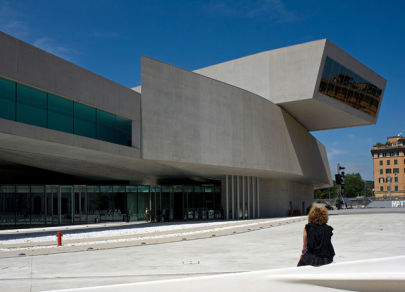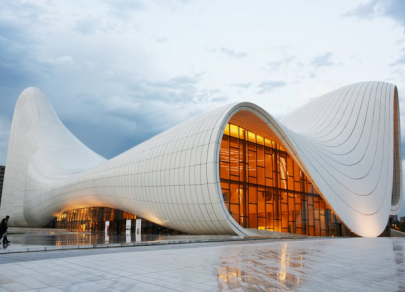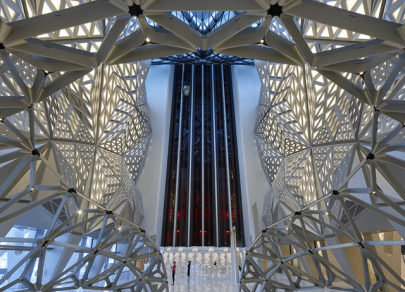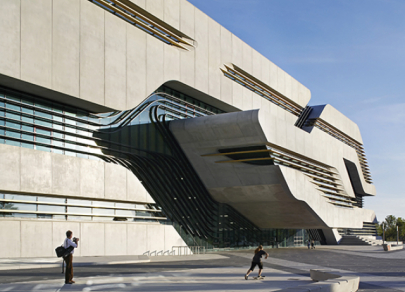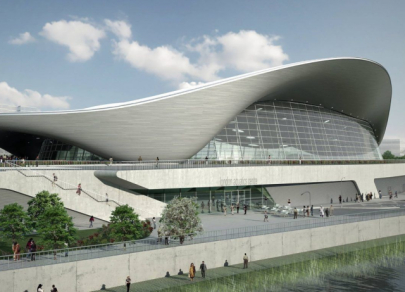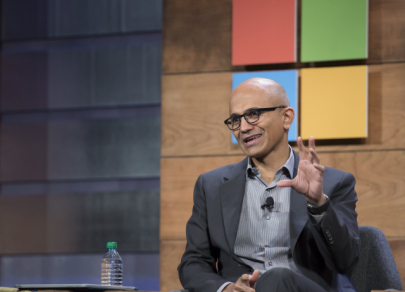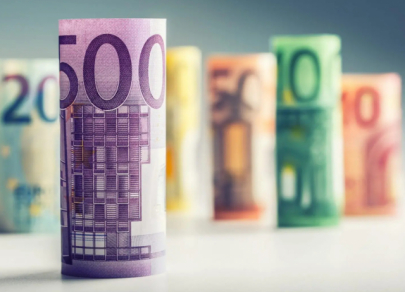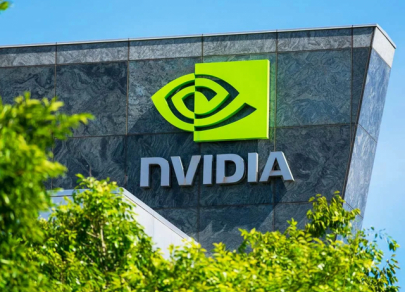
Betting on AI: five high-potential stocks to watch
Tech stocks have taken a hit lately, with rising fears of a US recession and renewed trade tensions dragging down the sector. However, many analysts see the current downturn as a rare opportunity to buy shares of AI-focused companies at attractive prices. As one of the fastest-growing and most transformative industries, artificial intelligence continues to offer long-term upside. Here are five companies best positioned to ride the AI wave and potentially deliver strong returns






